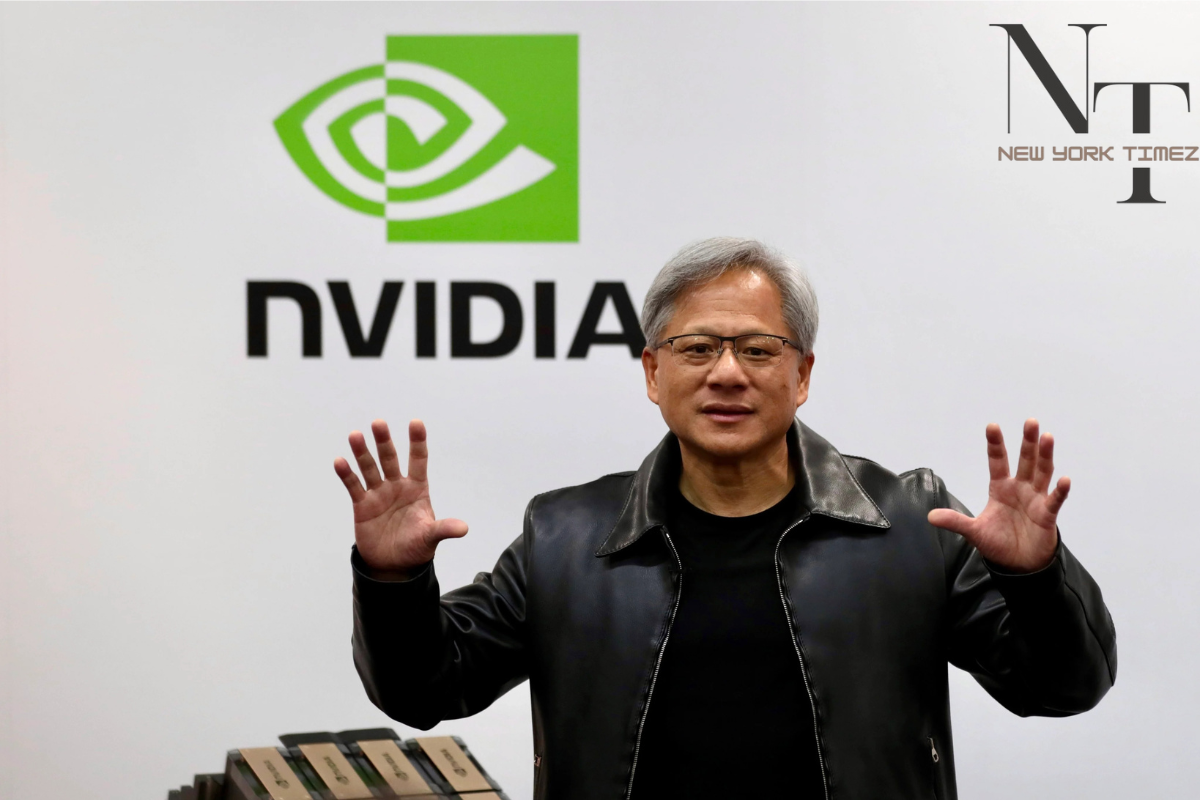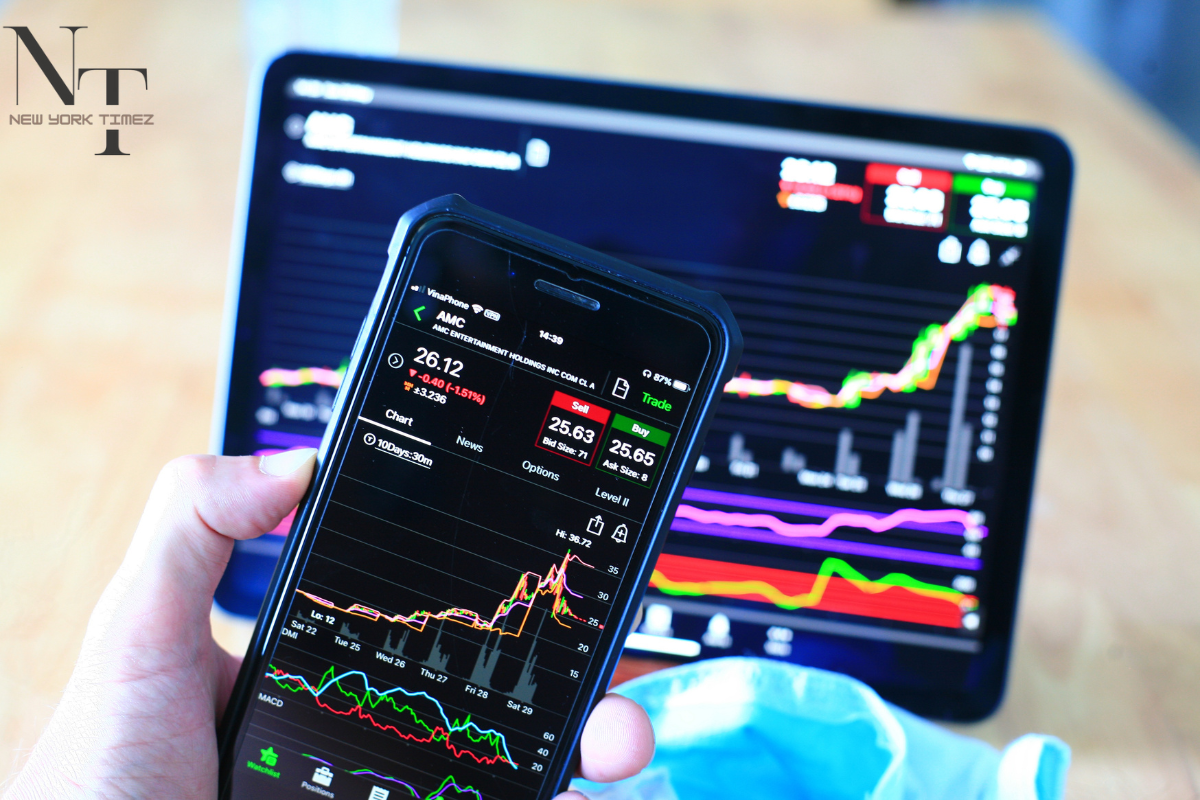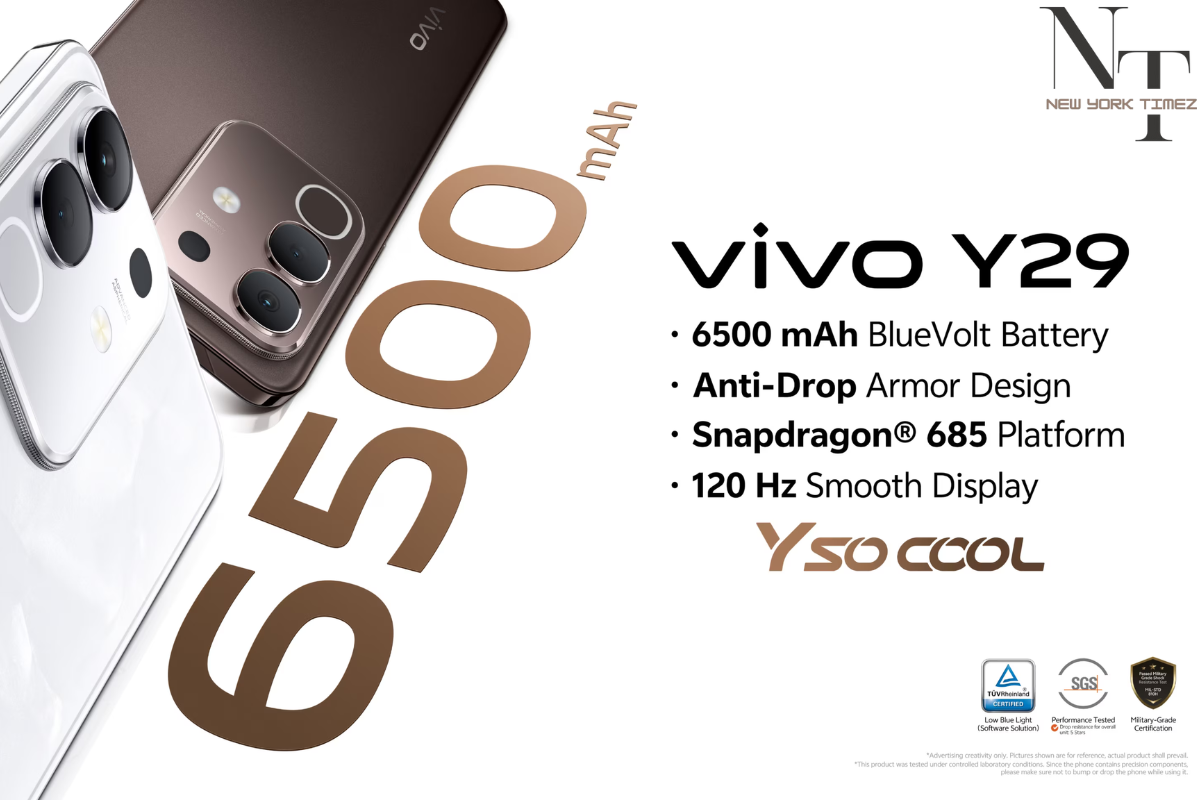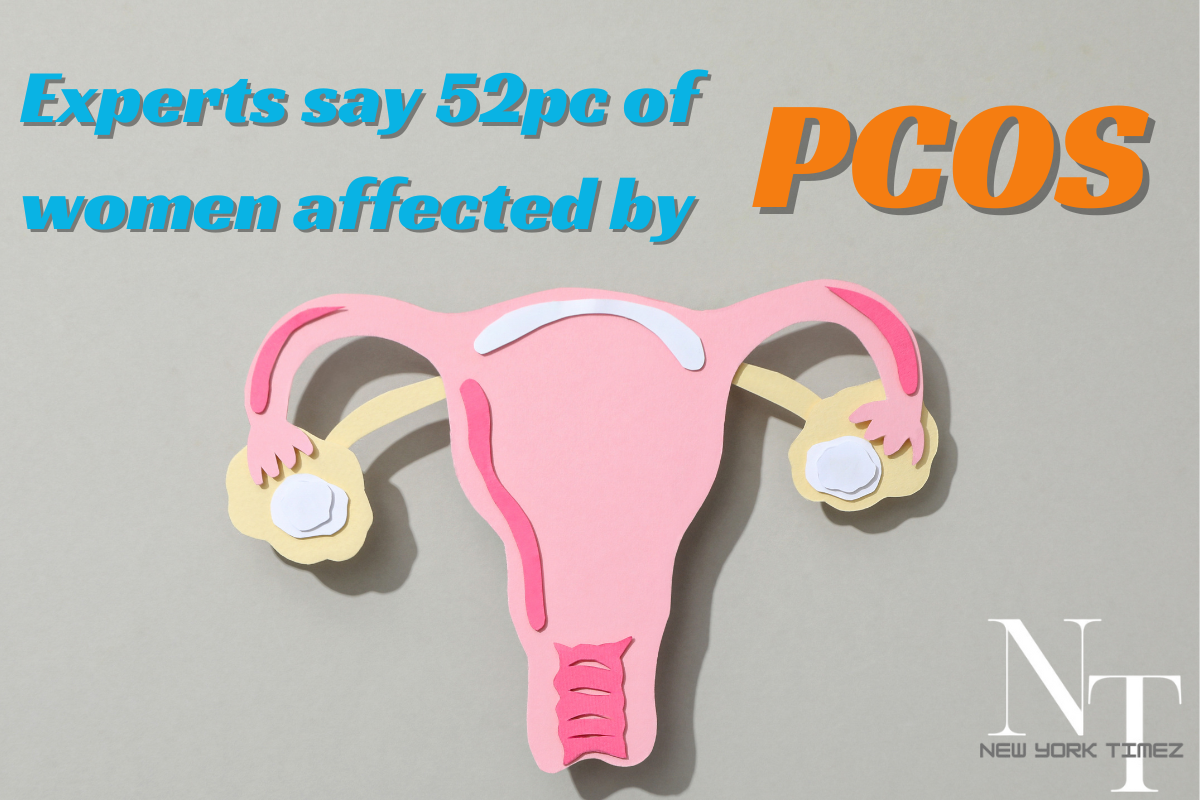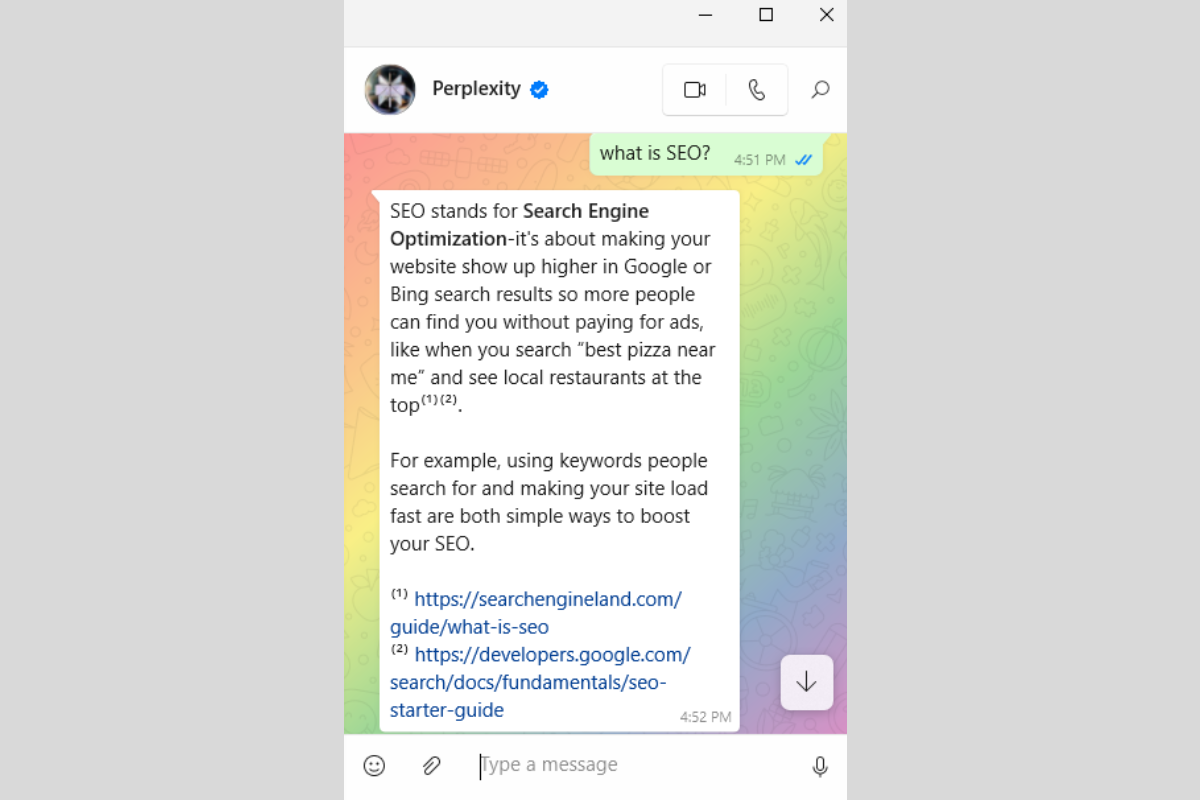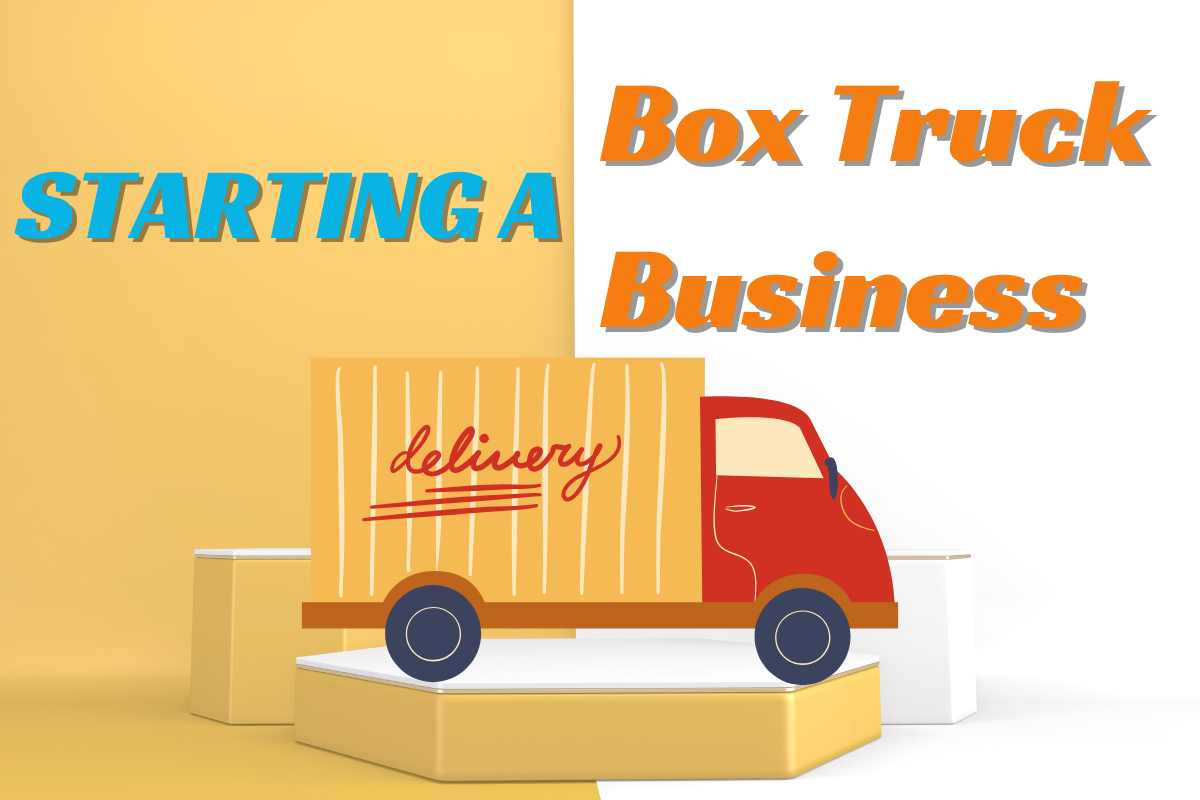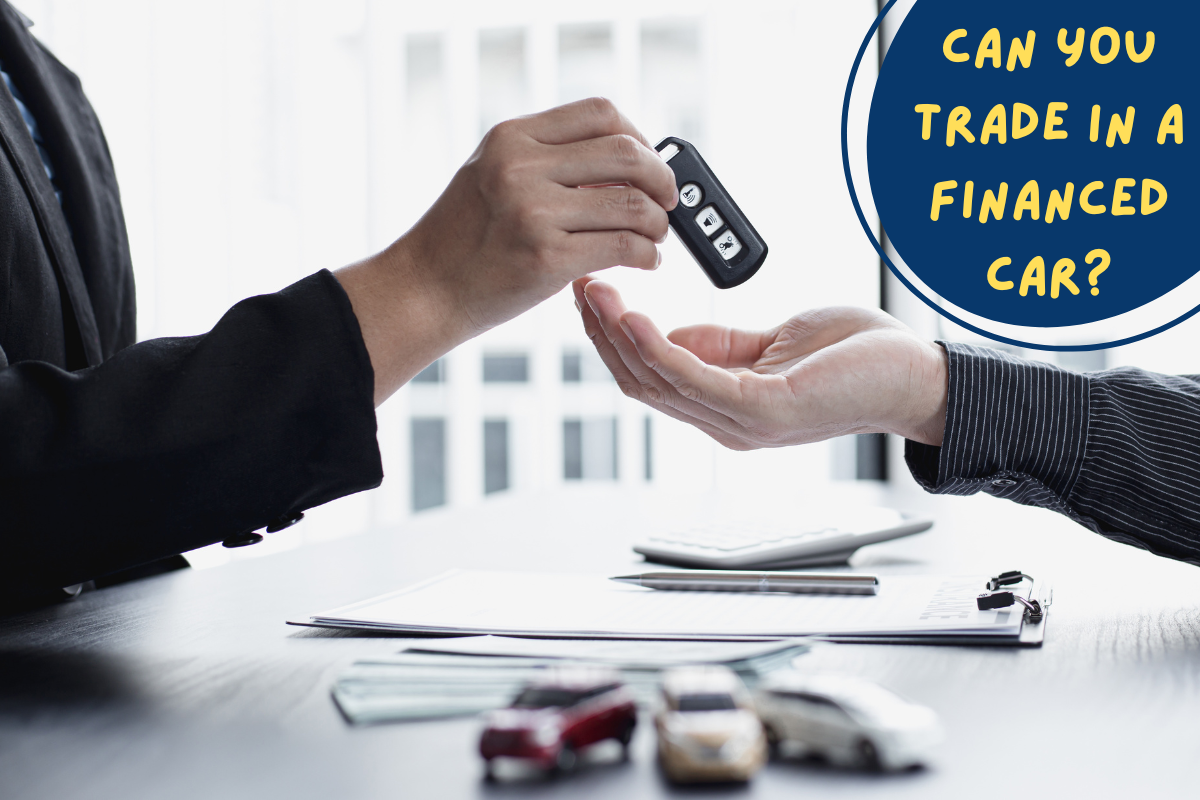
Can You Trade In a Financed Car? A Complete Guide
If you’re planning to trade in your car soon, here’s what you absolutely need to know!
When you’re looking to get a new vehicle, trading in your old one can be a convenient way to offset the cost. But what happens if your car isn’t fully paid off yet? Can you trade in a financed car? The answer isn’t straightforward, but understanding how the trade-in process works for a financed vehicle can help you make an informed decision.
In this article, we’ll explore everything you need to know about trading in a financed car, including the steps involved, what happens to your loan, and whether it’s a good idea for your financial situation.
You will love to read:
PedroVazPaulo Real Estate Investment: The Ultimate Guide
How To start a Box Truck Business?
Is Trading in Your Financed Car a Good Idea? Here’s What You Need to Know
Trading in a financed car means that you are selling your car to a dealership to put its value toward the purchase of a new or used car. The value of your trade-in will be applied as a down payment or toward the remaining balance on your loan.
When you financed a car, you took out a loan from a lender (typically a bank or credit union), agreeing to make monthly payments until the loan is paid off. If you decide to trade in the car before the loan is paid off, the dealership will pay off the remaining balance of the loan with the proceeds from the trade-in, and any remaining equity or balance may be applied to the new car.
Did you know that more than 1 in 3 people trade in their financed car without realizing they have negative equity.
How Does the Trade-In Process Work?

We understand how complicated the trade-in process can be when you’re still paying off your car loan. Let’s break it down so you can make a decision that works best for you.
Step 1: Determine Your Car’s Value
Before heading to a dealership, you should have a general idea of what your car is worth. There are several online tools that can help you estimate its trade-in value, such as:
These websites offer estimated trade-in values based on your car’s make, model, year, mileage, and condition. However, keep in mind that the dealer will often offer less than what you see on these websites, as they need to make a profit when reselling the vehicle.
Step 2: Review Your Loan Balance
The next step is to review your loan balance, which is the amount you still owe to the lender. You can find this information by looking at your most recent statement or contacting your lender directly. It’s important to compare this balance with the estimated value of your car.
If you owe more than the car is worth (this is known as negative equity), you’ll need to either pay the difference out of pocket or roll the balance into your new car loan. If the car is worth more than what you owe (positive equity), the excess amount can be used as a down payment on your next car.
Step 3: Visit the Dealership
Once you have a good understanding of your car’s value and your loan balance, it’s time to visit the dealership. A dealer will inspect your car’s condition, mileage, and other factors to give you a trade-in offer. This offer will then be subtracted from the loan balance.
The dealer will typically handle the paperwork related to paying off your loan. In some cases, they may even give you a check for the excess value if your car has positive equity.
Step 4: Paying Off the Loan
If you owe more than your car is worth (negative equity), the dealership will either:
Roll the balance into your new loan: This means you will owe more on your new car loan than the price of the car itself.
Pay off the difference out of pocket: If you have the money, you can pay off the loan balance directly.
If your car has positive equity, the dealership will apply the excess value to the purchase of your new car or give you a check for the difference.
Private Sale vs. Dealership Trade-In
| Factor | Private Sale | Dealership Trade-In |
| Time | Can take weeks | Immediate offer |
| Effort | Requires more effort (advertising, negotiation, etc.) | Minimal effort (dealership handles the process) |
| Value | Potentially higher (private buyer) | Lower due to convenience |
| Convenience | Requires more coordination and negotiation | Simple and straightforward |
What Happens to the Loan After You Trade in a Financed Car?
When you trade in a financed car, the dealership will pay off the remaining loan balance directly with the lender. If the trade-in value covers the loan balance, the loan is considered paid off. However, if the trade-in value is less than what you owe, you’ll need to make up the difference.
This situation is commonly referred to as being “upside down” on your loan. When this happens, you have two options:
1. Rolling Negative Equity into Your New Loan
If your trade-in value doesn’t cover your loan balance, the dealership may offer to roll the remaining balance into your new loan. This is known as “negative equity financing.”
While this option allows you to get a new car without paying off the deficit upfront, it means you’ll be financing a larger loan amount. This could lead to higher monthly payments and increased interest over time.
2. Paying the Difference Out of Pocket
If you don’t want to finance the negative equity, you can pay the difference out of pocket. This option can help you avoid increasing your debt load, but it requires having extra cash on hand.
Should You Trade In a Financed Car?

While trading in a financed car is possible, whether it’s the best decision depends on several factors. Here are some advantages and disadvantages to consider:
Pros of Trading In a Financed Car:
Convenience: Trading in a car at a dealership is easy and fast. The dealership handles all the paperwork, including paying off your loan.
Use as a Down Payment: The value of your trade-in can be applied toward the purchase of your next vehicle, which can reduce your overall loan amount.
No Need to Sell Yourself: If you’re tired of the hassle of selling your car privately, trading it in to a dealership is a simple solution.
Cons of Trading In a Financed Car:
Negative Equity: If you owe more than the car is worth, you could end up rolling that negative equity into your new loan, increasing your financial burden.
Lower Trade-In Value: Dealerships typically offer less for your car than private buyers would. You might get more money selling the car privately, but that takes more time and effort.
Impact on Your Credit: If you roll negative equity into your new loan, it could make it harder to manage future payments and could affect your credit score.
Real-Life Scenario: Overcoming Negative Equity
Let’s look at the story of Sarah, a young professional, faced a tough situation after deciding to trade in her car. She bought a used SUV two years ago on finance, but still owed a lot on it. When she wanted to trade it for a smaller, more fuel-efficient car, the dealership offered much less than she owed. In fact, she owed $3,000 more than the SUV was worth, which is called “negative equity.”
Sarah had two choices: pay the $3,000 difference or add it to her new loan. She didn’t like the idea of increasing her loan, but after talking to the dealer, she decided to roll the $3,000 into the new loan. This way, she could get the car she wanted without paying extra upfront, though her monthly payments went up. Sarah now knows more about car loans and trade-ins and advises others to check their car’s value and loan balance first.
What Happens When Your Loan Exceeds Your Car’s Value?
Imagine you want to trade in your car, but the trade-in value is $5,000, while you still owe $7,000. This leaves you $2,000 “upside down.” You can either:
Roll the $2,000 into the new loan (increases monthly payments).
Pay the $2,000 difference upfront.
Wait and pay down the loan before trading in.
Understanding your options is important when dealing with negative equity.
Alternatives to Trading In a Financed Car
If trading in a financed car isn’t the right option for you, there are other ways to handle the loan and get rid of the car.
1. Sell the Car Privately
Selling your car privately might get you a higher price than trading it in at a dealership. If you still owe money on the car, you can use the proceeds from the sale to pay off the loan. If you owe more than the car is worth, you’ll need to make up the difference.
2. Refinance the Loan
If you’re struggling with negative equity, refinancing your car loan might help. This involves taking out a new loan with better terms (such as a lower interest rate or longer repayment period) to reduce your monthly payments. However, this option won’t solve the issue of negative equity.
3. Pay Off the Loan
If you’re financially able, paying off the loan early could allow you to sell the car or trade it in without the negative equity issue. This might require taking out savings or finding extra income, but it’s one way to clear the loan balance.
Conclusion: Can You Trade In a Financed Car?
In conclusion, you can trade in a financed car, but there are several factors to consider before making this decision. Trading in a financed car can be a convenient way to get rid of your old vehicle and apply its value to a new one. However, it’s essential to understand your car’s trade-in value, the remaining balance on your loan, and whether you have positive or negative equity.
If you owe more than your car is worth, you’ll need to either roll the negative equity into your new loan or pay the difference out of pocket. Trading in a financed car isn’t always the best option for everyone, so it’s important to weigh the pros and cons before proceeding.
By taking the time to understand the trade-in process and evaluating your financial situation, you can make a more informed decision about whether trading in your financed car is the right choice for you.
FAQs About Can You Trade In a Financed Car?
We have deeply covered the topic about Can You Trade In a Financed Car? However,, if you have any other questions or queries in your mind then dont hesitate to use our contact us page to contact with our team of experts.
Can I trade in a car that still has a loan on it?
Yes, you can trade in a car that still has a loan on it. The dealership will pay off your remaining loan balance, and the trade-in value can be applied toward your new car purchase. If the trade-in value is less than what you owe, you’ll need to either pay the difference out of pocket or roll the balance into your new loan.
2. What happens if I owe more than the car is worth?
If you owe more than your car is worth, this is called “negative equity.” The dealership will either roll the negative equity into your new loan or you can pay off the difference directly. Keep in mind that rolling negative equity into your new loan will increase your monthly payments and overall loan amount.
3. Can I trade in my financed car if I’m upside down on my loan?
Yes, you can trade in a financed car even if you’re upside down on your loan (i.e., you owe more than the car is worth). However, you’ll need to either pay the difference in cash or roll the negative equity into your next car loan.
4. Is it better to trade in a financed car or sell it privately?
It depends on your situation. Trading in a financed car is quicker and easier, but you may receive a lower offer compared to selling the car privately. If you’re willing to put in the effort and time to sell it yourself, you might be able to get a higher price. However, selling privately requires more paperwork and could take longer.
5. Can I get a new loan after trading in a financed car?
Yes, after trading in your financed car, you can get a new loan for your next vehicle purchase. However, if you have negative equity, it’s important to consider how that will impact your new loan amount and monthly payments.







